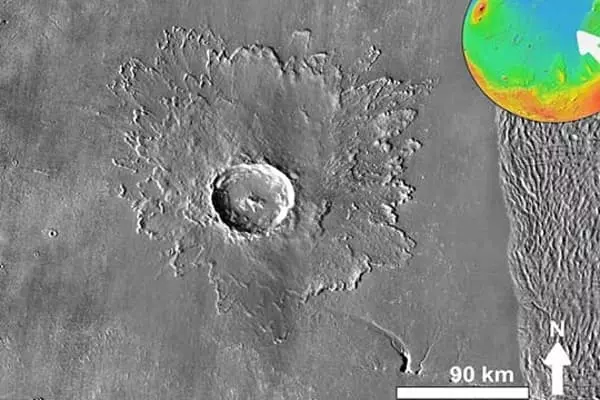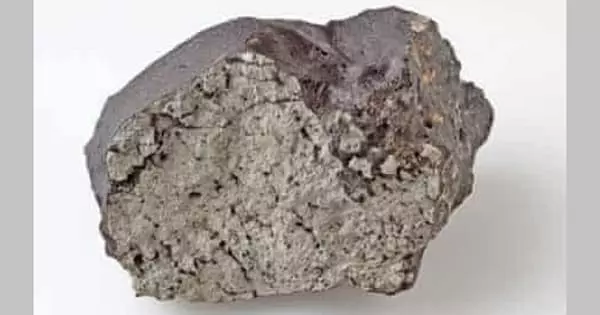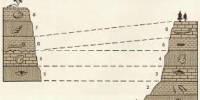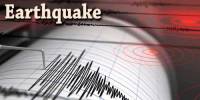Meteorites can be found all over the world, but they are most common in hot or cold deserts, where the lack of vegetation and other rocks helps them stand out. Only 261 Martian meteorites have been discovered on Earth, compared to 63,758 non-Martian meteorites, the majority of which originated in the asteroid belt.
Antarctica, northwest Africa, Chile, the United States, India, Nigeria, Mali, Mauritania, Brazil, and Oman have all recovered Martian meteorites. Scientists like me can currently obtain Martian meteorites for research in two ways: from private dealers or from the Antarctic Search for Meteorites collection.
Using a machine-learning algorithm that analyzes high-resolution planetary images, researchers determined the likely origin of a group of meteorites ejected from Mars. Using a machine-learning algorithm that analyzes high-resolution planetary images, Curtin University researchers determined the likely origin of a group of meteorites ejected from Mars.
In this study, we created a new database of 90 million impact craters using a machine learning algorithm, which enabled us to determine the potential launch positions of Martian meteorites.
Dr. Anthony Lagain
The new study, published in Nature Communications, discovered that meteorites that landed on Earth most likely came from Mars’ Tooting crater, which is located in the Tharsis region, the solar system’s largest volcanic province. Over the last 20 million years, approximately 166 Martian rocks have landed on Earth, but their precise origins on Mars were unknown.
The new findings, according to lead researcher Dr. Anthony Lagain of Curtin University’s Space Science and Technology Centre in the School of Earth and Planetary Sciences, will help provide context for unraveling the geological history of Mars.
“In this study, we created a new database of 90 million impact craters using a machine learning algorithm, which enabled us to determine the potential launch positions of Martian meteorites,” Dr. Lagain explained. “We discovered that the Tooting crater is the most likely source of these meteorites ejected from Mars 1.1 million years ago by observing secondary crater fields – or small craters formed by ejecta thrown out of the larger crater formed recently on the planet.”
All Martian meteorites formed millions of years ago, when asteroids and other space rocks collided with the surface of Mars, ejecting pieces of its crust into orbit. These floating rock fragments occasionally enter Earth’s atmosphere, where gravity pulls them in.

“For the first time, the geological context of a group of Martian meteorites is accessible through this research, ten years before NASA’s Mars Sample Return mission is scheduled to send back samples collected by the Perseverance rover currently exploring the Jezero crater.”
Professor Gretchen Benedix, from Curtin University’s Space Science and Technology Centre, said the algorithm that enabled this was a significant step forward in how scientists can use the terabytes of planetary data available.
“We would not have been able to identify the youngest craters on Mars if we hadn’t counted the tens of millions of craters smaller than one kilometer across,” Professor Benedix explained. “This discovery implies that volcanic eruptions occurred in this region 300 million years ago, which is very recent in geological terms. It also sheds new light on the planet’s structure beneath this volcanic province.”
Dr. Lagain stated that the research would contribute to a better understanding of the formation and evolution of Mars, as well as Earth, potentially benefiting other industries on our planet. “The mapping of craters on Mars is the first step. We developed an algorithm that can be retrained to perform automated digital mapping of any celestial body. It can be used on Earth to help manage agriculture, the environment, and even potential natural disasters like fires or floods “Dr. Lagain stated.
The algorithm was created in-house by an interdisciplinary team that included members from CSIRO, the Curtin Institute for Computation, and the School of Civil and Mechanical Engineering, with funding from the Australian Research Council. Using the fastest supercomputer in the Southern Hemisphere, the Pawsey Supercomputing Centre, and the Curtin HIVE (Hub for Immersive Visualisation and eResearch), researchers ran a large volume of high-resolution planetary images through a machine-learning algorithm to detect impact craters.
For scientists studying Martian geology, having diverse samples from a known field location will greatly improve our understanding of Mars’ core, the history of its climate, and the potential life that once existed there.
















